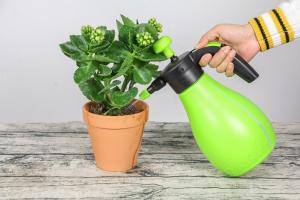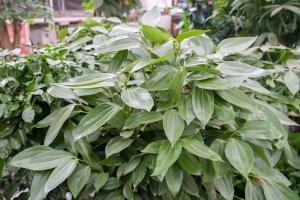How to Plant Snow Peas
If you're looking to add some delicious and nutritious green vegetables to your garden, snow peas are an excellent choice. These tasty legumes are easy to grow and require minimal maintenance, making them ideal for novice gardeners. Here are some tips on how to plant snow peas in your backyard.
Selecting the Right Soil
The first step in planting snow peas is to make sure you have the right soil for them to thrive in. Snow peas prefer loose, well-draining soil that is rich in organic matter. If your soil is heavy and clay-like, you may need to add compost or other organic material to loosen it up and improve drainage.
Choosing the Best Location
Once you have prepared your soil, you'll need to choose the best location for your snow peas. These plants prefer full sun, but they can tolerate some shade. The ideal location is one that receives at least 6 hours of direct sunlight each day. Also, consider the proximity of your snow peas to other plants. They don't do well when they're crowded, so give them plenty of space to grow.
Planting Your Snow Peas
When planting snow peas, it's important to ensure that they get enough water. You should water your snow peas regularly, especially during dry spells. If you're planting your snow peas from seeds, sow them about 1-2 inches deep and 2-3 inches apart. If you're planting from seedlings, space them about 6-8 inches apart.
Providing Support for Your Snow Peas
As your snow peas grow, they will need support to keep them off the ground. Traditionally, snow peas are trellised, which means they are grown on a support system made of stakes or wire. You can also use a fence or other structure to support your snow peas. Whatever method you choose, make sure that your snow peas have something to climb on so that they stay off the ground.
Fertilizing Your Snow Peas
To keep your snow peas healthy and productive, you'll need to fertilize them regularly. A balanced fertilizer with equal amounts of nitrogen, phosphorous, and potassium is ideal. You can apply fertilizer every 3-4 weeks during the growing season.
Harvesting Your Snow Peas
Once your snow peas are mature, it's time to harvest them. The best time to harvest snow peas is when the pods are still young and tender. Pick the pods once they are around 2-3 inches long. As with any vegetable, it's important to check your plants regularly for signs of disease or insect damage.
In conclusion, planting snow peas can be a satisfying and enjoyable experience for any home gardener. With proper care and attention, these delicious legumes can provide you with a bountiful harvest that you can enjoy throughout the season. So why not give snow peas a try in your garden this year?

 how many times do yo...
how many times do yo... how many planted tre...
how many planted tre... how many pine trees ...
how many pine trees ... how many pecan trees...
how many pecan trees... how many plants comp...
how many plants comp... how many plants can ...
how many plants can ... how many plants and ...
how many plants and ... how many pepper plan...
how many pepper plan...































